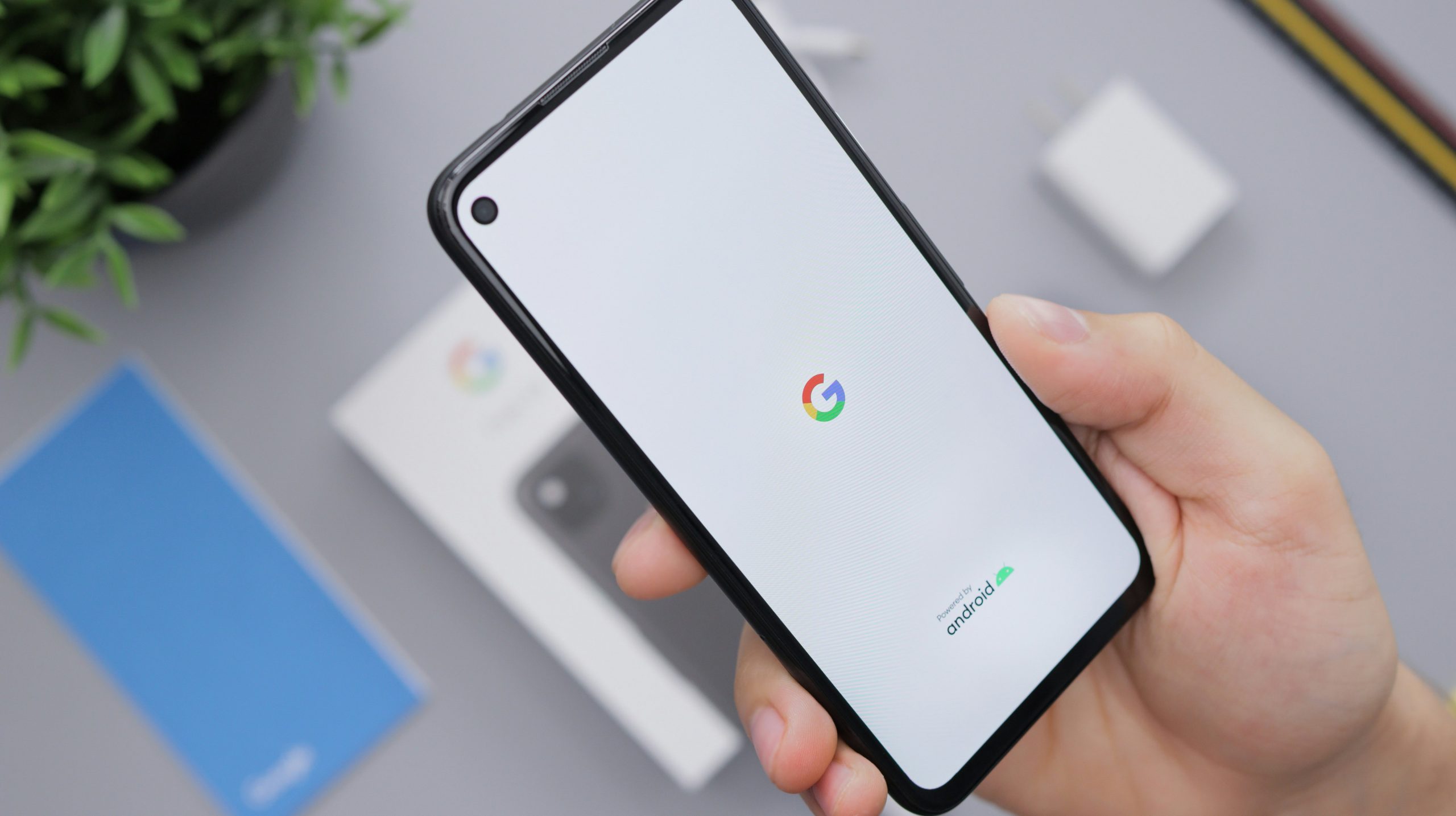Imagine the frustration of eagerly unlocking your Android device, only to be greeted by the dreaded message: Unfortunately, Setup has stopped. As you desperately tap the OK button in hopes that it disappears, you realize that this issue is persistent and refuses to go away. Your mind races with questions – why is this happening? How can I fix it? Fear not, for in this article, we will delve into the intricate world of Android setups and explore various solutions to tackle the relentless problem of constant crashing. From troubleshooting tips to expert advice, get ready to uncover the secrets behind fixing your Android setup that keeps stopping once and for all. So grab your device and let’s embark on a journey towards a seamless Android experience!
Understanding the Issue
Understanding the issue of your Android setup constantly stopping is crucial in finding a lasting solution. Often, this problem can be attributed to conflicting app updates or corrupted system files. By delving deeper into the root cause of these constant interruptions, you can better equip yourself with the knowledge needed to troubleshoot effectively. Additionally, understanding that software glitches and insufficient storage space can also contribute to this frustrating issue will empower you to take proactive steps towards resolving it.
Another aspect worth considering is how certain third-party apps might not be fully optimized for your specific device, causing compatibility issues that lead to continuous crashes. Recognizing the intricate connection between various components of your Android system will allow you to approach the problem holistically and prevent future disruptions. Embracing a systematic approach when tackling these tech challenges will not only enhance your problem-solving skills but also provide valuable insights into optimizing your device’s performance for seamless functionality.
 Clearing App Cache and Data
Clearing App Cache and Data
Clearing app cache and data can significantly improve the performance of your Android device by freeing up storage space and removing temporary files that might be causing issues. While clearing the cache can help resolve minor glitches, clearing app data is a more drastic step that will essentially reset the app to its original state. This can be particularly useful if an app keeps crashing or freezing consistently.
However, it’s important to note that clearing app data will result in losing any personalized settings or login information for that particular app. Therefore, it’s advisable to back up any important data before proceeding with this step. Additionally, regular maintenance of your device by clearing cache and data for apps you no longer use can help optimize overall performance and prevent future problems from occurring. By incorporating these simple steps into your Android setup, you can ensure a smoother user experience and address issues before they escalate.
Updating Apps and System Software
When it comes to fixing the issue of Android setup keeps stopping, one crucial aspect to consider is updating your apps and system software. Regular updates not only bring new features but also fix bugs and improve performance. By keeping your apps and operating system up-to-date, you ensure a smoother user experience with fewer crashes and glitches.
Updating your apps can also enhance security by patching any vulnerabilities that may exist in older versions. Additionally, system updates often optimize resource usage, leading to improved device efficiency. Embracing the habit of regularly checking for updates can significantly contribute to maintaining a stable and reliable Android setup, ultimately reducing the occurrence of errors like constant crashing during setup processes.
 Disabling Automatic Updates
Disabling Automatic Updates
Disabling automatic updates on your Android device can be a double-edged sword. While it gives you more control over when and how updates are installed, it also puts the responsibility on you to ensure that your device is up to date with the latest security patches and software improvements. By taking charge of your update process, you can avoid unexpected interruptions or changes in functionality that sometimes come with automatic updates.
However, disabling automatic updates requires a vigilant approach towards checking for new updates manually. This can be time-consuming and might lead to delays in receiving critical security fixes from manufacturers. Finding the right balance between convenience and security is key when deciding whether to disable automatic updates on your Android device. Ultimately, being proactive about managing updates ensures that your device runs smoothly without compromising its stability or security features.
In conclusion, while turning off automatic updates may offer a sense of autonomy, it’s essential to weigh the pros and cons carefully before making this decision. Regularly checking for software updates ensures that your device remains secure and operates efficiently. Strike a balance between convenience and protection by staying informed about potential risks associated with delaying critical system patches while retaining control over when updates are installed on your Android setup.
Resetting App Preferences
Resetting app preferences on your Android device can be a game-changer when troubleshooting persistent issues with apps crashing or freezing. This often-overlooked feature allows you to reset all default app settings, including permissions, notifications, and background data restrictions. By doing so, you can potentially resolve conflicts that may be causing instability in your setup.
Furthermore, resetting app preferences doesn’t delete any personal data or installed apps; instead, it simply returns all app settings to their default state. This can help eliminate any misconfigurations that could be disrupting the functionality of your apps. So next time you encounter frequent app crashes or unexpected behavior on your Android device, consider taking advantage of the reset app preferences option as part of your troubleshooting arsenal. It might just be the key to restoring smooth performance and functionality to your beloved mobile experience.
 Performing a Factory Reset
Performing a Factory Reset
Performing a factory reset on your Android device can be both daunting and liberating. This process essentially erases all data and settings, returning your phone to its original state. Before taking this drastic step, it’s crucial to backup important files such as photos, contacts, and documents to avoid losing them forever. A factory reset is often the last resort when dealing with persistent software issues that seem unfixable through other means.
However, it’s important to note that a factory reset is not a magical solution to every problem. While it can resolve many stubborn issues like apps crashing and software glitches, some underlying hardware issues may require professional intervention. Moreover, after performing a factory reset, you’ll need to reinstall all your apps and reconfigure settings from scratch. It’s advisable to approach this process with caution and consider seeking help from support forums or knowledgeable friends if you encounter any uncertainties during the reset procedure.
Conclusion: Troubleshooting Android Setup Keeps Stopping
In conclusion, troubleshooting Android setup issues like constant crashing or keeps stopping errors can be frustrating but not insurmountable. One effective approach is to clear the app cache and data, which can often resolve minor glitches causing the problem. Additionally, checking for software updates and ensuring that your device’s operating system is up-to-date can also help in stabilizing the Android setup process.
Moreover, if the issue persists, considering a factory reset as a last resort might be necessary to reset all settings back to their default state. However, it’s crucial to back up all important data before taking this step as it will erase all personal information stored on the device. By approaching troubleshooting with patience and a systematic method of elimination, users can effectively address Android setup issues and enjoy a seamless smartphone experience once again.



